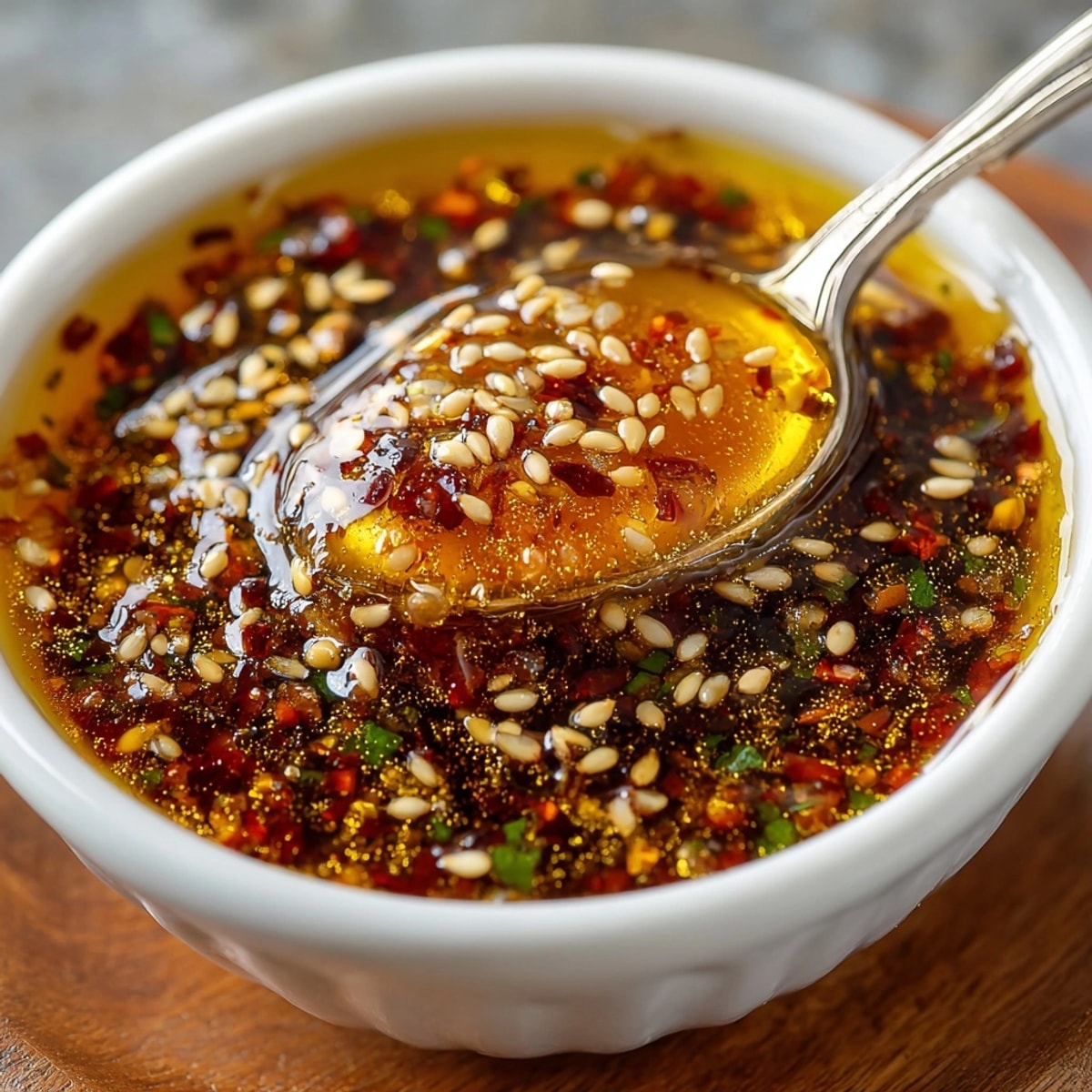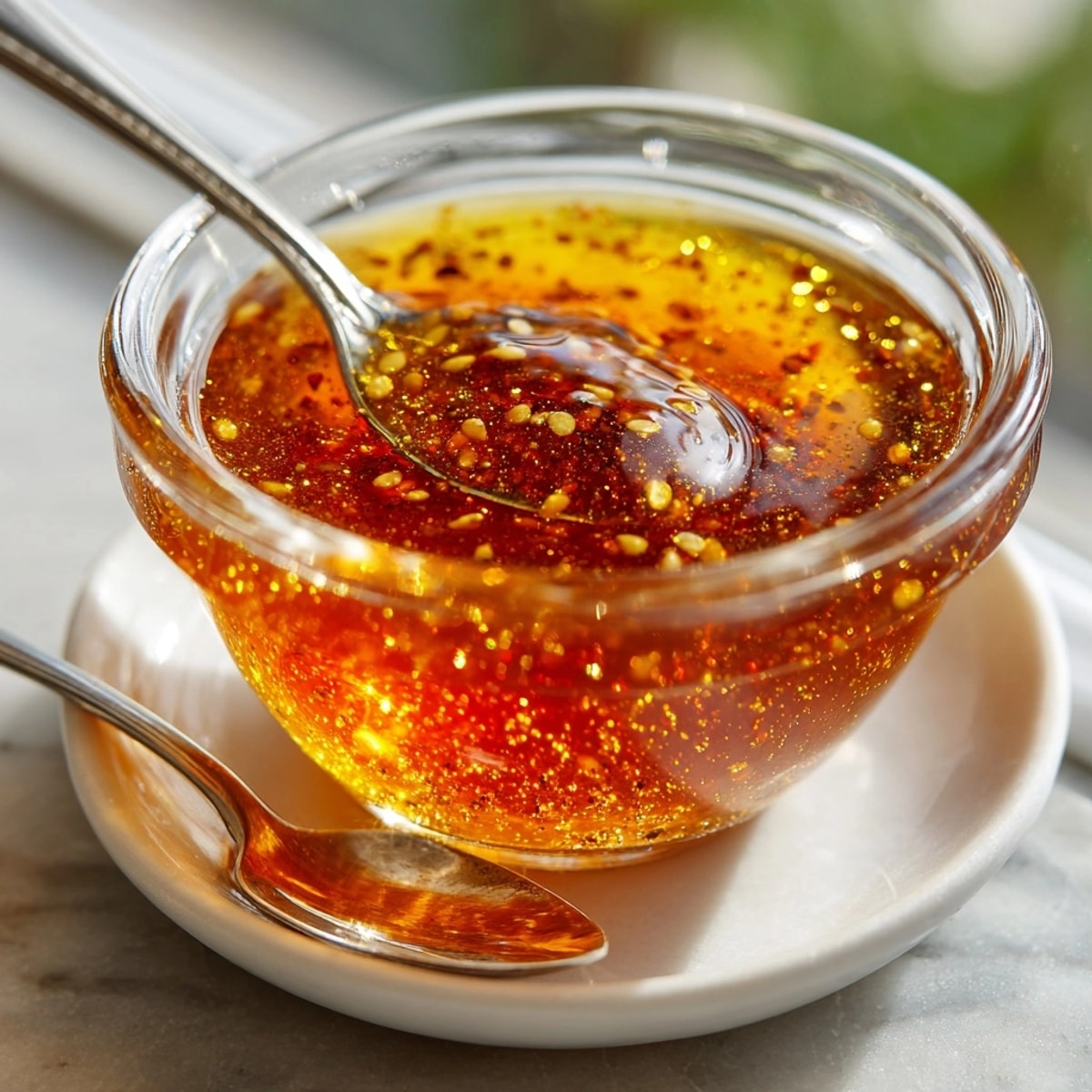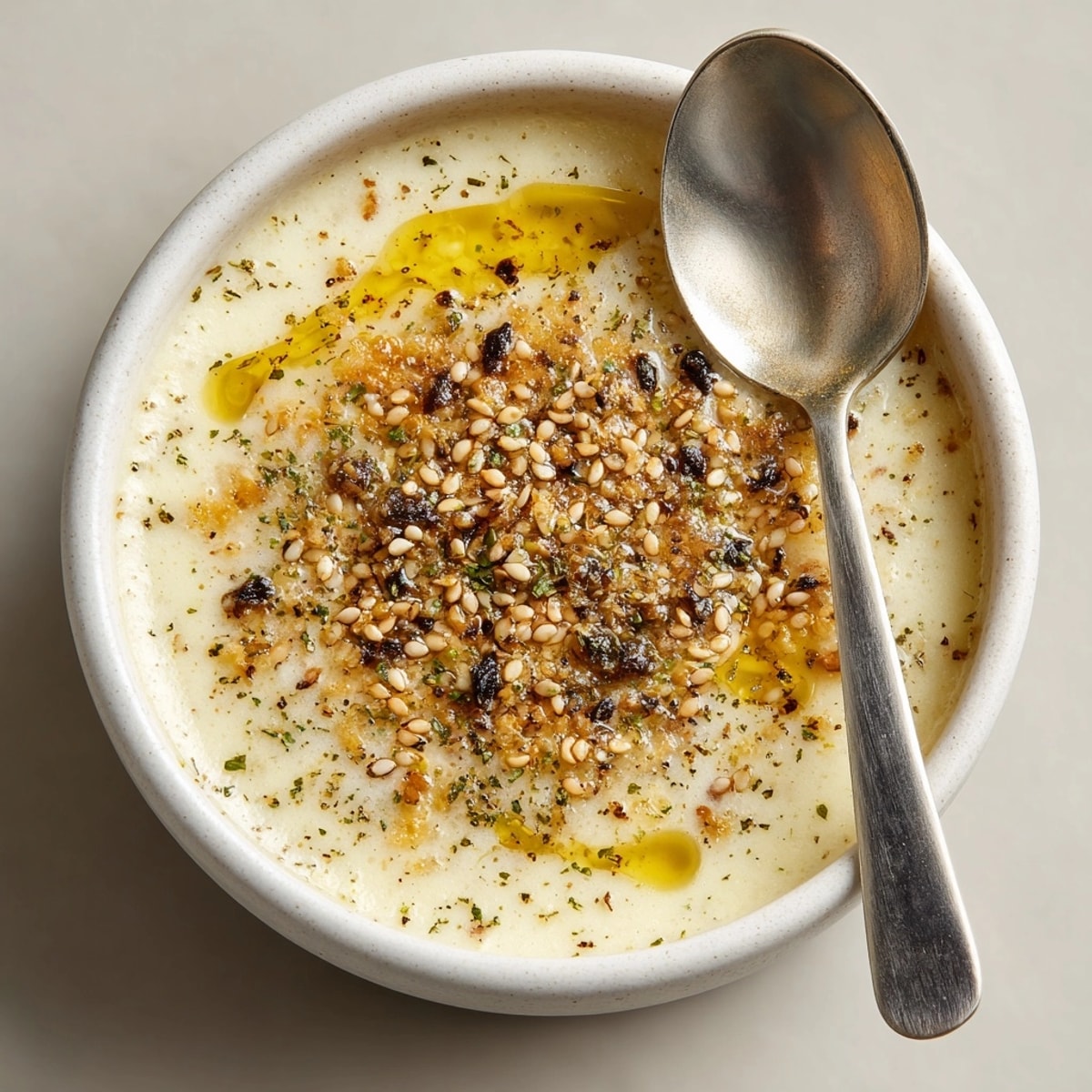 Save
Save This vibrant ginger sesame dressing transforms ordinary vegetables into a crave-worthy Asian slaw in minutes. The perfect balance of tangy rice vinegar, umami-rich soy sauce, and aromatic toasted sesame oil creates a dressing that brightens any salad while adding depth and complexity.
I first created this dressing when hosting an impromptu summer gathering and needed something special for a cabbage slaw. The guests were so impressed they asked for the recipe before leaving, and it has since become my signature dressing for potlucks and family dinners.
Ingredients
- Rice vinegar: unseasoned varieties provide a clean, tangy base without added sugar or salt
- Soy sauce: adds essential umami depth. Look for naturally brewed varieties for the best flavor
- Toasted sesame oil: provides the distinctive nutty flavor that defines this dressing. Always buy small bottles and store in the refrigerator to prevent rancidity
- Neutral oil: balances the strong sesame flavor and helps emulsify the dressing
- Honey or maple syrup: adds necessary sweetness to balance the acidity. Choose raw honey for more complex flavor
- Fresh ginger: the star ingredient that brings zingy freshness. Select firm roots with smooth skin
- Garlic: enhances the aromatic quality. Choose fresh cloves with no green sprouts
- Lime juice: adds brightness that lifts all other flavors. Always use freshly squeezed
- Sea salt and black pepper: essential seasoning elements that bring everything together
- Toasted sesame seeds: optional but add wonderful texture and visual appeal
Instructions
- Combine the Base:
- Add rice vinegar, soy sauce, toasted sesame oil, neutral oil, honey or maple syrup, and water to a medium bowl. Whisk thoroughly until the mixture begins to come together. The different viscosities of these ingredients require vigorous whisking to properly combine. Look for the honey to fully dissolve into the mixture with no visible streaks.
- Add the Aromatics:
- Incorporate the freshly grated ginger, minced garlic, lime juice, salt, and pepper into the liquid base. The fresh ginger should be finely grated using a microplane for the best texture and flavor release. When whisking, use quick, circular motions to ensure the ginger fibers distribute evenly throughout the dressing rather than clumping together.
- Taste and Adjust:
- Sample the dressing using a clean spoon and evaluate the balance of flavors. The ideal profile should have noticeable tang from the vinegar, warmth from the ginger, depth from the sesame oil, and just enough sweetness to round everything out. If needed, add more lime juice for brightness or honey for sweetness. Remember that flavors will meld and deepen once refrigerated.
- Finish and Store:
- If using toasted sesame seeds, fold them in gently at the end to maintain their texture. Transfer the finished dressing to a clean glass jar with a tight-fitting lid. Refrigeration will cause the oils to solidify slightly, so always remove the dressing 10 minutes before serving and shake vigorously to reemulsify.
 Save
Save The fresh ginger truly makes this dressing special. I discovered its transformative power years ago when growing my own ginger in containers on my patio. The difference between freshly harvested ginger and the dried out pieces often found at supermarkets is remarkable. Whenever possible, I seek out young ginger at farmers markets or Asian groceries for its juicy texture and mild heat.
Storage Tips
This dressing keeps beautifully in the refrigerator for up to a week when stored in an airtight container. The cold temperature will cause the oils to partially solidify, creating a thicker consistency. Simply remove from the refrigerator about 10 minutes before using and shake vigorously to recombine all ingredients. For longer storage, you can freeze portions in ice cube trays, then transfer the frozen cubes to freezer bags. This method provides perfect single-serving portions that thaw quickly.
Ingredient Substitutions
This dressing is incredibly adaptable to dietary needs and what you have on hand. For those avoiding soy, coconut aminos make an excellent substitute for soy sauce though you may need to adjust salt levels. Apple cider vinegar can replace rice vinegar in a pinch, though the flavor profile will shift slightly. For those who avoid all sweeteners, a quarter of a ripe pear, blended into the dressing, adds natural sweetness without refined sugar. Allergic to sesame? Try substituting walnut oil for a different but equally delicious nutty flavor.
Serving Suggestions
While this dressing shines brightest when tossed with a crisp Asian slaw of Napa cabbage, carrots, and bell peppers, its versatility extends far beyond salads. Drizzle over cold soba noodles with julienned vegetables for a refreshing lunch. Use as a dipping sauce for spring rolls or dumplings. Brush onto grilled vegetables during the last minute of cooking for a flavorful glaze. My favorite unexpected application is using it as a finishing sauce for simple roasted sweet potatoes, where the ginger and sesame create a wonderful contrast to the natural sweetness.
Cultural Context
This dressing draws inspiration from several Asian culinary traditions without adhering strictly to any one style. The combination of rice vinegar, soy sauce and sesame oil forms the foundation of many Chinese cold dishes, while the addition of fresh ginger reflects Japanese sensibilities. The balance of sweet, sour, salty and umami flavors demonstrates the sophisticated flavor layering common throughout East Asian cooking traditions. While not traditionally authentic to any specific region, this fusion approach creates a versatile dressing that complements many Asian-inspired dishes.
 Save
Save Enjoy this versatile dressing on salads, as a marinade, or a flavorful glaze. It's quick to make and adds a gourmet touch to any meal.
Recipe Questions & Answers
- → What can I pair with this dressing?
It's perfect for Asian slaw, shredded cabbage, carrots, bell peppers, and even drizzled over salads or grilled vegetables.
- → How do I make this gluten-free?
Simply use tamari in place of soy sauce to ensure the dressing is suitable for gluten-free diets.
- → Can I make this fully vegan?
Swap the honey for maple syrup or agave syrup for a completely plant-based version.
- → How long does it keep in the fridge?
Store in a sealed jar in the refrigerator for up to one week. Shake well before each use.
- → Is the dressing spicy?
The base version is mild, but you can add chili flakes or a dash of sriracha for heat.
- → Can I use it as a marinade?
Yes, it's flavorful as a marinade for tofu, chicken, or shrimp, infusing them with bold, aromatic notes.